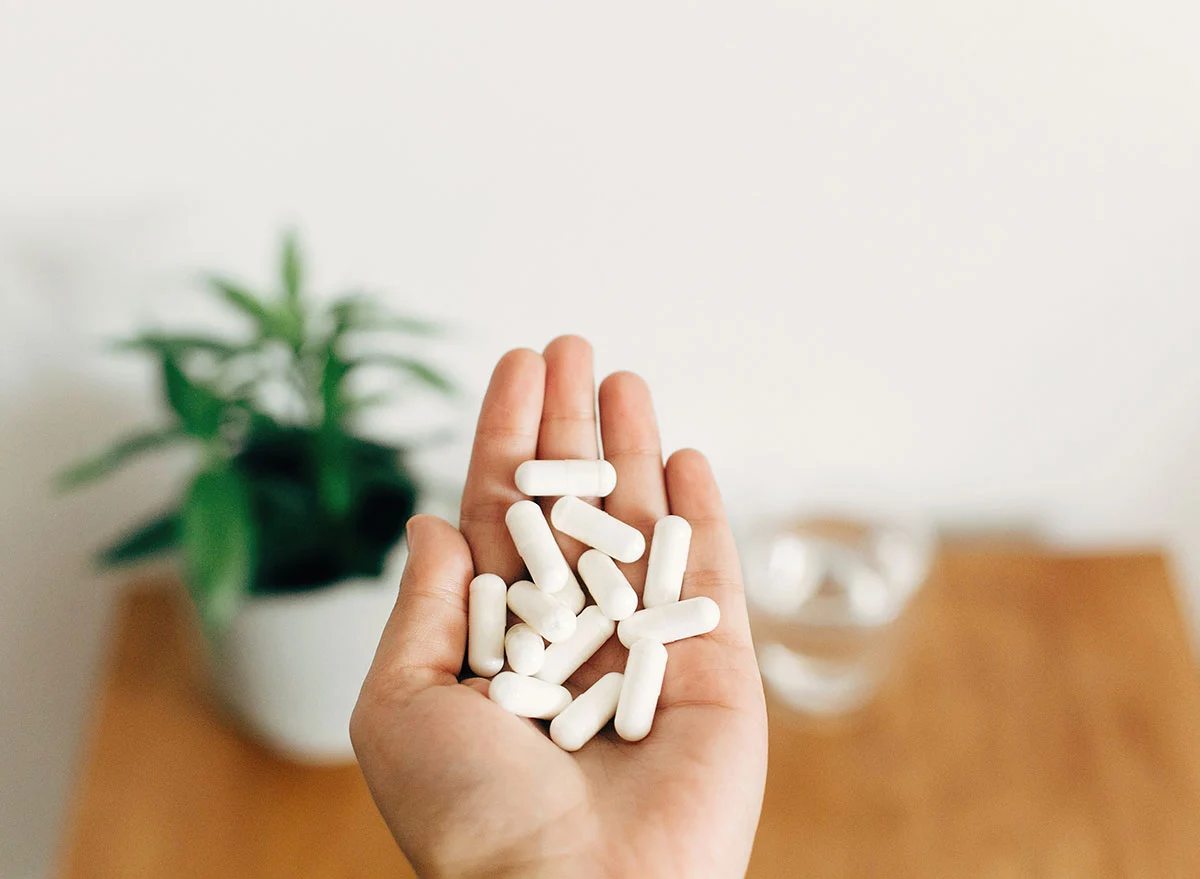
Headaches are a part of most our daily lives. In fact, they’re so common that the average person doesn’t give them more than a passing thought. Some even constantly carry headache medication in their bags or cars to be prepared for the next one.
However, many people who suffer from debilitating headaches often opt for more natural healing methods. One of the more common choices is the acupuncture Bentleigh residents rely on to keep their headaches at bay. The real question though is, are you having a headache or a migraine and what’s the difference? Can you treat it more effectively than using those pills in your bag?
The Low Down on that Throbbing Headache
According to a recent study, an average of 1,2 million Australians between the ages of 20 and 64 suffer from migraines. Since people often don’t know the difference between a headache and a migraine, they may use the wrong treatment. Let’s take a look at them in depth.
Headaches and Migraines – What’s the Difference?
Many people regard migraines as more severe headaches, however, it’s slightly more complicated than that. Essentially, your run-of-the-mill headache is actually a symptom of migraines.
In short, migraines can be defined as a headache of varying intensity, often accompanied by nausea and sensitivity to light and sound. For the most part, headaches have causes that can easily be traced, such as stress. Migraines on the other hand have recognisable triggers but no specific cause.
Migraine Triggers
Triggers are the term used to describe sensory or physical stimuli that induce the onset of a migraine. Since triggers vary from person to person, it’s often difficult to identify them. Some of the more common and recognizable migraine triggers include:
- Genetics: One of the top reasons for migraines has to do with your genes. So, if you have a family history of migraines, you will most likely experience them too.
- Allergies: Migraines are essentially associated with inflammation of blood vessels in the body. Allergies in turn irritate and aggravate inflammation. As a result, certain allergies can be triggers to a migraine attack.
- Environmental: Factors in your environment can trigger the inflammation that results in a migraine. This can be weather, food, lack of sleep and even stress.
5 Common Remedies to Provide Migraine Relief

In addition to enlisting the help of over-the-counter (or in some more severe cases, prescribed) medications, there are several other remedies you can try to alleviate the pain. Our experts have compiled a list of the most common.
1. Acupuncture
Many migraine sufferers who already take medication for other ailments often don’t want to add more tablets to their medicine cocktails. That’s why the acupuncture Hampton experts recommend has become an effective alternative.
2. Essential Oils
Several essential oils have been found to contain the components that ease migraine pain. People use them as a topical solution by simply massaging a mixture into the temples. The most common essential oils to use for migraines include:
- Chamomile
- Basil
- Lavender
- Peppermint
3. Stress Management

It’s estimated that stress features as a trigger for at least 7 out of 10 migraine sufferers. If this sounds familiar, it may be time to minimise the situations that cause you stress.
You can also opt for several reliable stress relievers such as:
- Practicing breathing techniques
- Joining stress management classes
- Take a warm, relaxing bath (add a few drops of one of the above essential oils)
- Create a playlist of your favourite mood-enhancing tunes and listen to it often
- Consider meditation or acupuncture as a way to reduce stress
4. Add Ginger to Your Diet
Experts have found that ginger is an effective, non-medicinal way to treat migraines. Some studies into this popular herb have shown that adding ginger to your diet can significantly reduce pain after 2 hours. Additionally, ginger is great for reducing symptoms of nausea and vomiting.
Some common ways to incorporate ginger into your diet include:
- Buy readymade ginger tea or make your own by adding fresh ginger to hot water
- Add finely chopped ginger (the powdered version works fine too) to curries, stir-fries and casseroles
- Add ginger to cakes, cookies or pastries
- Include a few slices of fresh ginger into your morning smoothie
5. Stock Up on the Magnesium

Another common migraine trigger is magnesium deficiency. Getting an adequate amount of magnesium to your diet is as easy as adding these tasty items to your diet:
- Whole grains
- Dark leafy vegetables such as spinach
- Low-fat milk and yoghurt (avoid this if dairy is a trigger)
- Nuts such as almonds and cashews
- Fruits such as bananas, avocados, raspberries, grapefruit and guavas
Final Thought
Migraines can really make you feel lousy. The good news is that you no longer need to hide under the covers and wait for it to pass. You also don’t need to add more over-the-counter medication to your bathroom cupboard. Simply follow a few of our guidelines, and you could be feeling better in no time.








